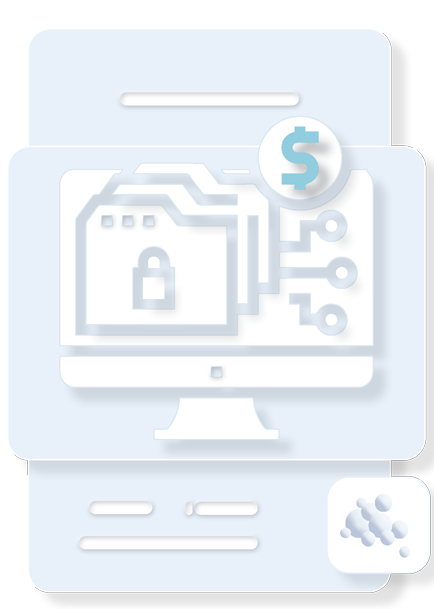
In the past, ransomware was a hacker’s side business. Now, the most skilled cybercriminals in the world use it as a tool for enterprise-level big game hunting. Security of the most crucial risk areas, including endpoints and cloud workloads, identity, and data, as well as staying on top of current threats, are more crucial than ever for successfully preventing ransomware. Our solutions for ransomware defense can proactively protect against a ransomware threat environment that is becoming more and more dangerous.
01
Utilize a vast data set of 5 trillion events per week and cloud-scale AI to prevent ransomware in real-time.
02
Recognize ransomware patterns and attack indications to prevent it from encrypting files quickly and spreading.
03
With our seasoned security specialists by your side, strengthen your team and your security posture.
Vulnerability management services improve your organization’s overall security posture by identifying essential assets and where to focus efforts to decrease risk. Together with other security teams, it helps stop threat actors from accessing and using data.
However, not all threats result from external aggression. The precise objectives for security frameworks or compliance requirements are also met through vulnerability management.

Ransomware is a form of malicious software that locks down a computer and prevents users from using it until a ransom is paid.
Ransomware is frequently transmitted via drive-by downloads or phishing emails with malicious attachments. Drive-by downloading happens when a person accesses an infected website without their knowledge, at which point malware is downloaded and installed.
The following safety measures can be taken by users to guard against the risk of ransomware:
02
Migrate confidently to the cloud with Simplified ‘Cloud’ Approach
03
Creating safe strategies with efficient consultations while considering historical, present, and forecasted data
© Copyright 2024, SecGaps | All rights reserved
Quickly respond to and fix security incidents
Adapt your security strategy using a threat-informed methodology
Test and evaluate your security measures against the appropriate risks
Obtain information through digital forensic analysis and expert testimony in court